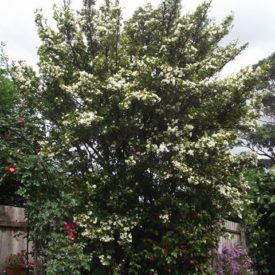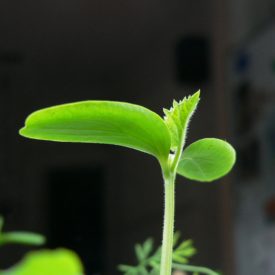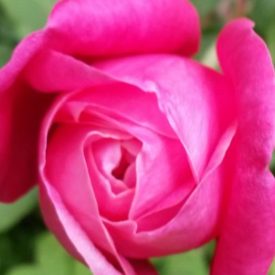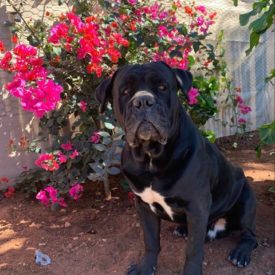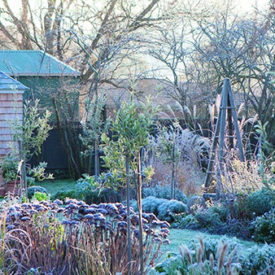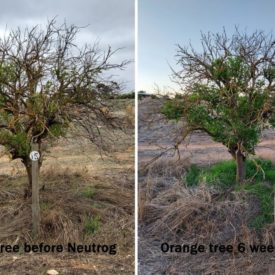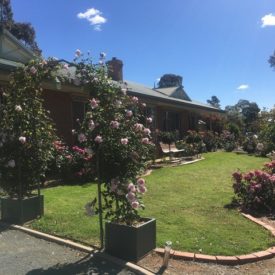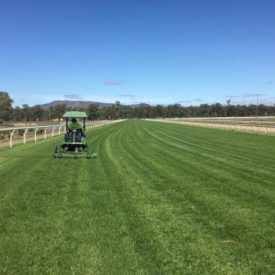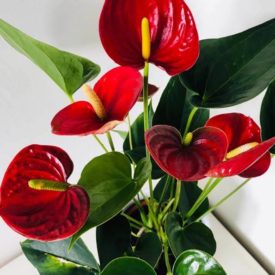Highcroft Garden, Harrogate
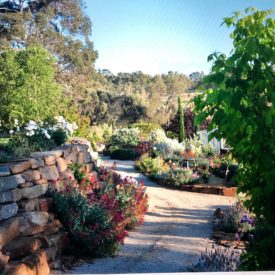
Highcroft Garden is a 2 acre garden at Harrogate in South Australia. Maureen & Chris Highet’s beautiful property, which also farms Red Angus cattle, captures the wonderful views across the ranges. After retiring 12 years ago, Maureen was disappointed when she realised she had absolutely nothing to do. At the time, Maureen had no interest whatsoever in gardening other than maintaining the lawns and shrubs. “I found myself wandering out into the front garden and doing a bit of pottering around, and you know what, I enjoyed it!” enthused Maureen. “It didn’t take long before I fell completely in love with gardening.

